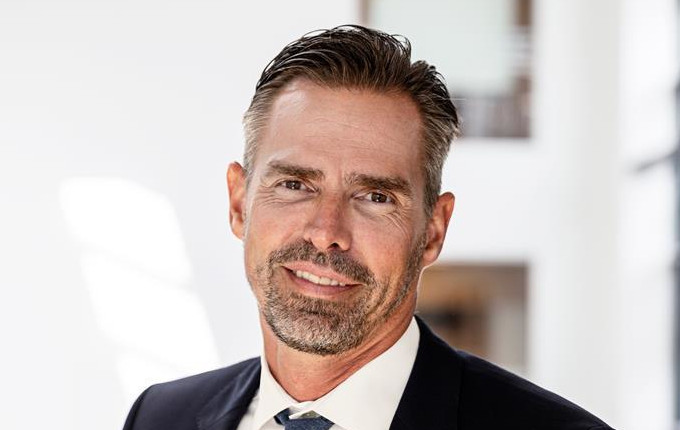While risk parity is a great concept, it doesn’t work in the current environment of low rates, rising inflation and macroeconomic turbulence, PFA CIO says.
Register to Access this Exclusive [i3] Insights Article
Create a free account to access exclusive interviews with asset owners, revealing insights on investment strategies, market trends, and portfolio allocations.
If you already have an account you can Login .
If you have any issues registering an account please send us an email at [email protected].


